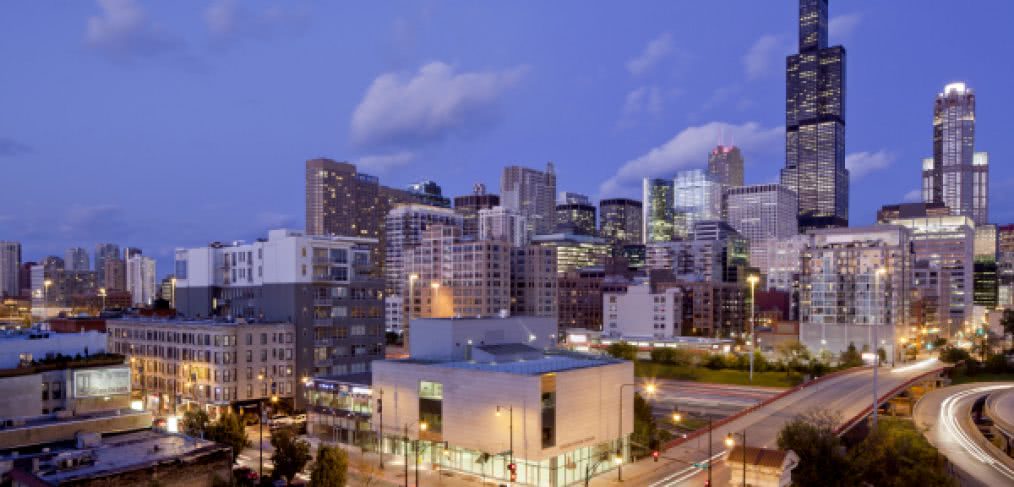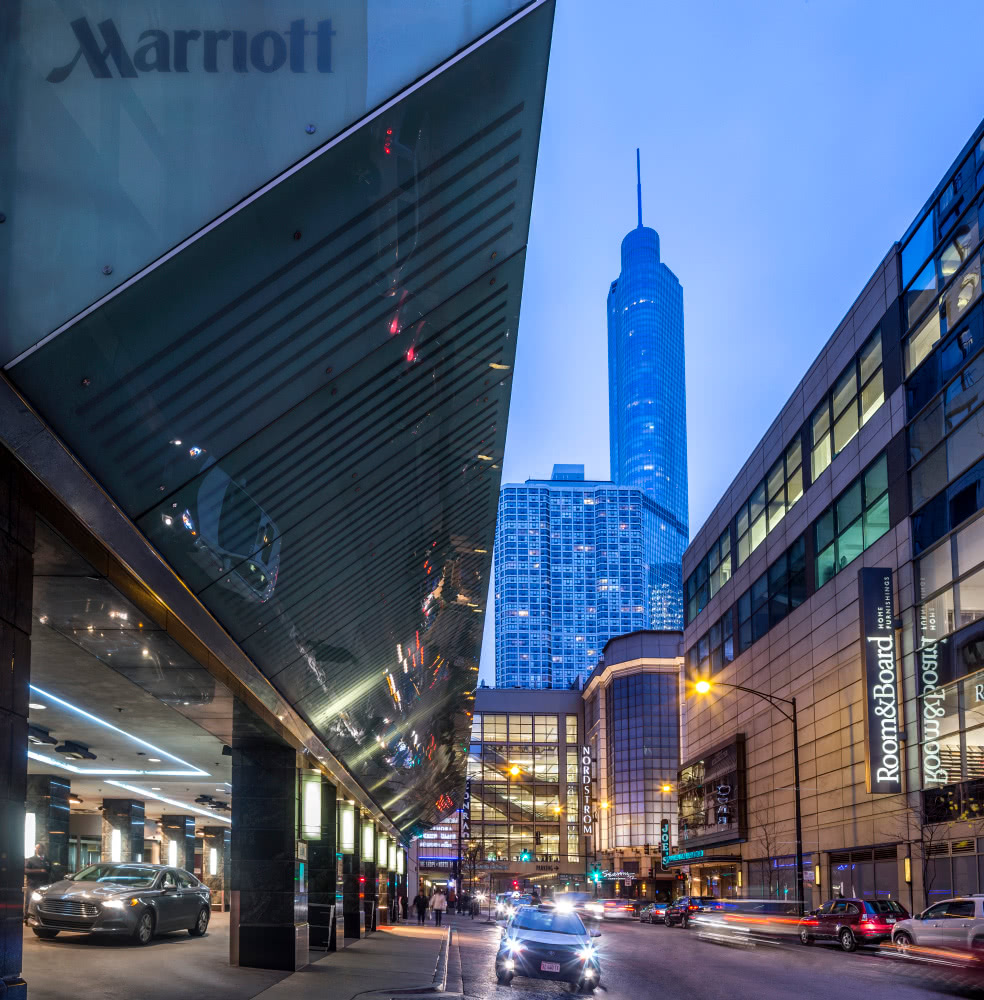
AVs, CTA, TODs, NOB…WTF?
Chicago recently adopted legislation that is both reactive and predictive regarding transit-oriented development, but what will the resulting rapid shift in urban dynamics mean for us in the future?
Like any dense metropolis, Chicago has developed housing and neighborhoods around transit stops for decades, and for decades, the zoning codes mandated parking at varying levels of intensity. In 2015, the city enacted new transit-oriented development (TOD) legislation allowing developers to build residential units without any parking at all, provided that the project was within a quarter-mile of a CTA or Metra transit stop and included either bike parking or car sharing.
Almost simultaneously, the CTA began to feel the squeeze thanks to an astronomical rise in Uber and Lyft usage. For the first time in years, some lines within the CTA system began to experience declines in ridership, particularly in dense, north-side neighborhoods that are sprouting parking-less TODs. As a counteractive measure, the city instituted a new 15-cent fee on ride-sharing fares to be directly shuttled to the CTA for modernization of the L and, not coincidentally, to reduce congestion by making the CTA a more attractive option to potential riders currently inclined to use ride-sharing.

Another major change to Chicago’s real estate landscape was precipitated by the 2016 Neighborhood Opportunity Bonus, also known as NOB. The CliffsNotes description for the NOB basically consists of eliminating zoning Floor Area Ratio (FAR) bonuses through antiquated measures like arcaded sidewalks, setbacks, and winter gardens—enabling developers to simply pay up for FAR, and they do. The city collects the revenue, which is then earmarked for development in underserved commercial corridors, restoration of historic landmarks, and improvements to public space and infrastructure within one mile of the subject site. So, can developers propose a supertall residential TOD with no parking? Yes, although—Chicago being Chicago and all—Aldermen, the Department of Planning and Development, City Council and a litany of community groups must also weigh in.
One static element within this quickly evolving built environment/transportation jigsaw puzzle is Chicago’s venerable grid of streets, and more importantly, the right-of-way widths within. Every night at 8:00 pm, when the Hamilton production at the CIBC Theatre is over and the audience hits the sidewalk, Monroe St. is virtually impassable for half an hour. Why? Not enough curb length for the hoard of Lyft and Uber drivers that have been summoned. Although both Lyft and Uber are directly invested in the future of autonomous vehicles (AVs), autonomy will have no beneficial effects on this problem; it’s a congestion problem whether humans are driving or just sitting in the back. And automobile congestion is arguably the most threatening of urban transportation ills.
…………………………………………………………………………………………….
Chicago is a Midwestern mecca: it’s where the jobs are, the money is, and the talent comes. And yeah, there’s a little lake nearby that’s cool, too. TODs and NOB will increase density and housing availability across all income levels, but without proactive measures to address issues with transit, the city’s walkability and quality of life will be threatened by more cars on the street—self-driving or not. So, let’s continue to eliminate parking requirements for TODs and beyond. Let’s continue to increase funding for the CTA through progressive transportation taxes like the 15-cent rideshare fee. And let’s continue to remind ourselves that streets are for people, too.
